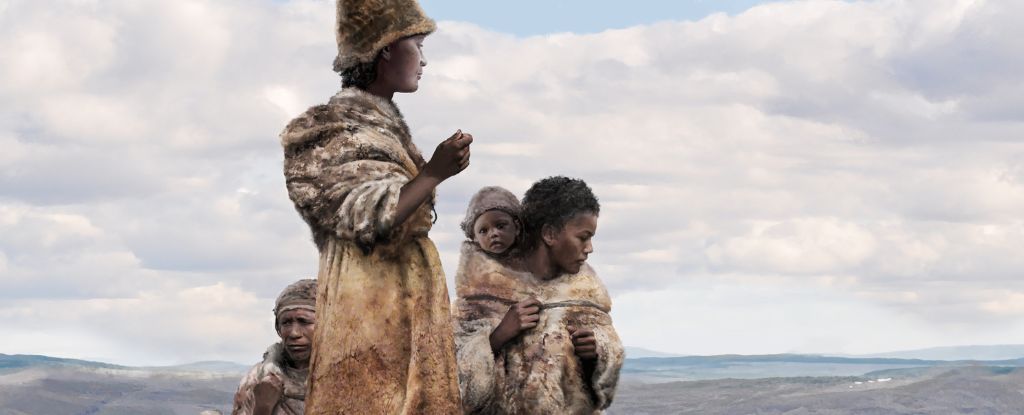Ancient news stories
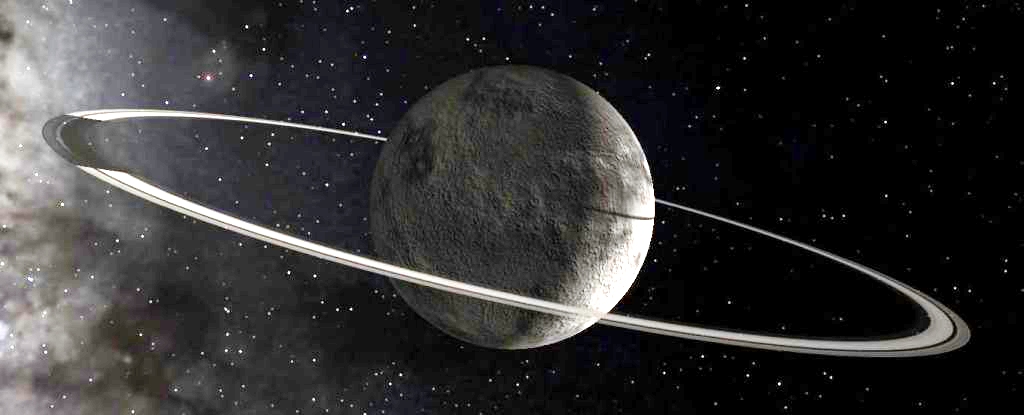
In the distant space out beyond the orbit of Jupiter lurks a strange object. Its name is Chiron, a type of outer Solar System body known as a centaur. But even among its fellow centaurs, Chiron is special – and new observations from JWST reveal how truly Chiron is like nothing else we’ve ever seen.

Petroglyphs, engraved on rocks, have an obvious visual attraction. What is important and exciting about this study is the discovery that these images have an acoustic aspect as well.

A new study…challenges the widely held theory that the structure was used as an astronomical observatory, as the original alignment of the walls and entrances does not correspond to celestial observations, as previously hypothesized.

Research conducted at the Department of Biology, University of Padova, has identified critical genomic milestones in the evolution of Homo sapiens, including key chromosomal rearrangements and specific gene variants that contributed to the development of current modern human traits.
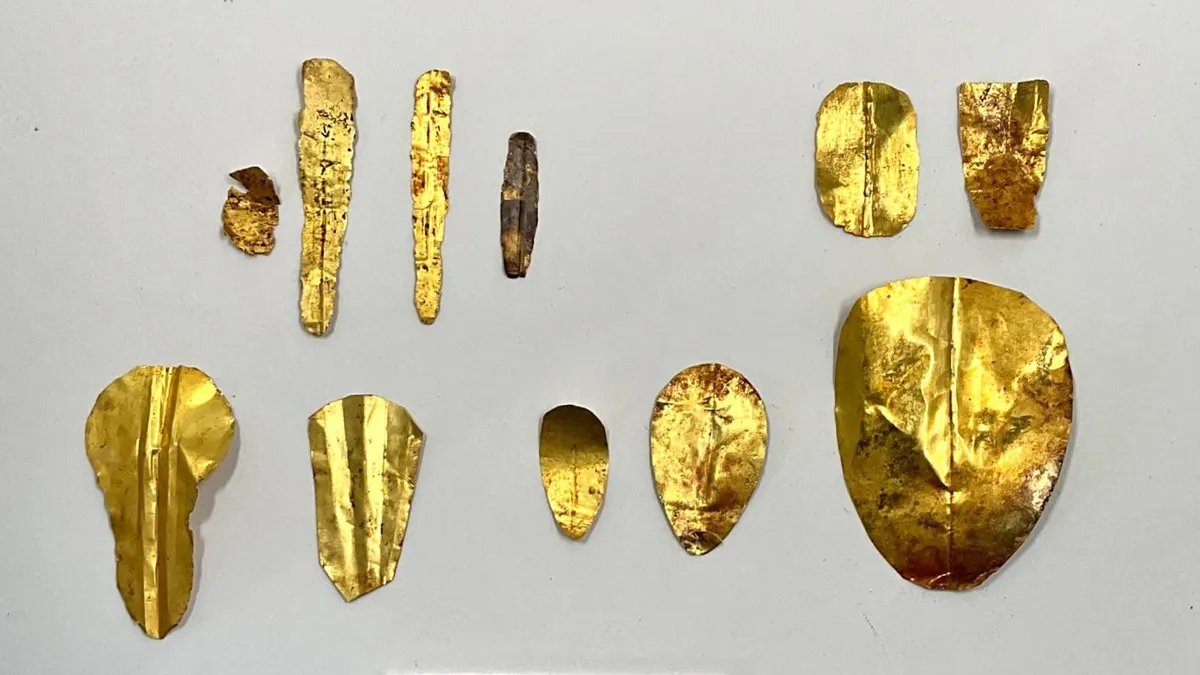
More than a dozen ancient gold tongues have been discovered in a cemetery at the site of Oxyrhynchus in Egypt.

According to a new analysis by researchers from the US, France, and Germany, Earth’s constant companion may have formed as early as 4.53 billion years ago – hundreds of millions of years earlier than previous estimates. The research has been published in Nature.

It’s a favourite adage of science bores (myself included): sharks are older than the rings of Saturn. But, according to a study in Nature Geoscience, it might not be true. Saturn’s rings could be a lot older than previously thought.
Image from Wiki Commons

New research by Flinders University and University of South Australia, conducted in partnership with Narungga Nation Aboriginal Corporation and Point Pearce Aboriginal Corporation, has revealed 8,000 years of Aboriginal history on South Australia’s Yorke Peninsula (Guuranda)
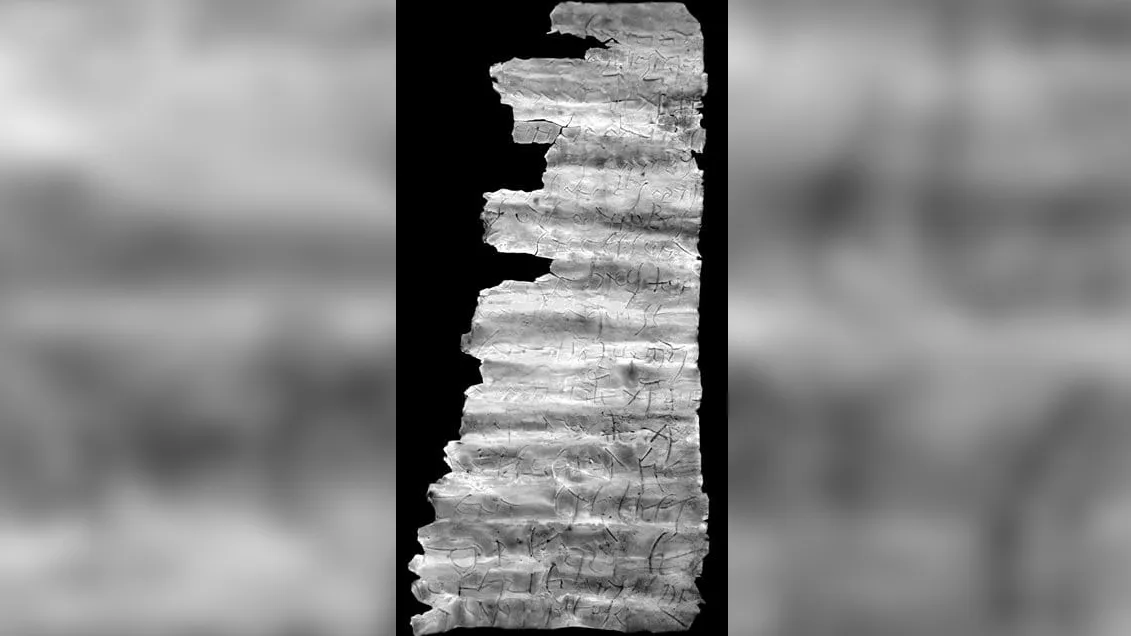
A 1,800-year-old silver amulet discovered in a burial in Germany is the oldest evidence of Christianity north of the Alps, according to a new study.
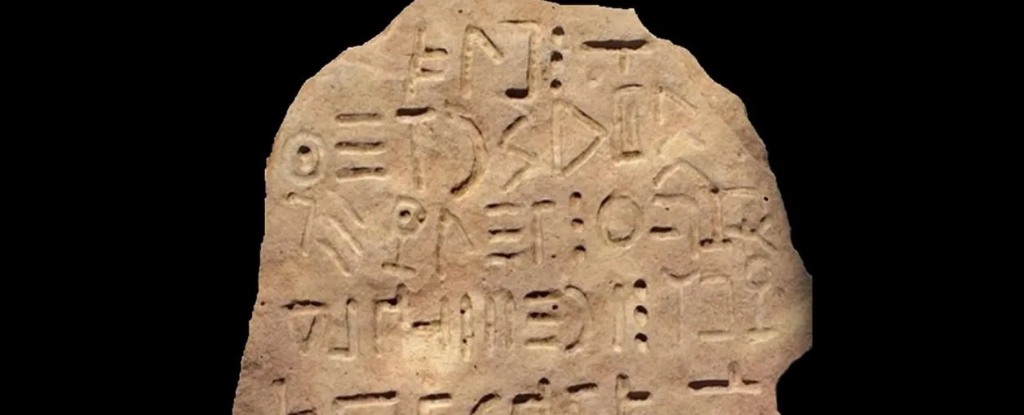
A team of archaeologists from across Georgia has confirmed the impressions represent samples of a script that has never been documented, raising questions on the spread and preservation of writing across the transcontinental region.This research was published in the Journal of Ancient History and Archaeology.
A new study, not yet peer reviewed but published on the biological sciences repository bioRxiv, suggests an ancestor of P. cubensis could have come from Africa before spreading far and wide.
The remains of at least 37 people unearthed from the Early Bronze Age site of Charterhouse Warren in England have revealed the darker side of human prehistory…the findings have been published in the journal Antiquity.
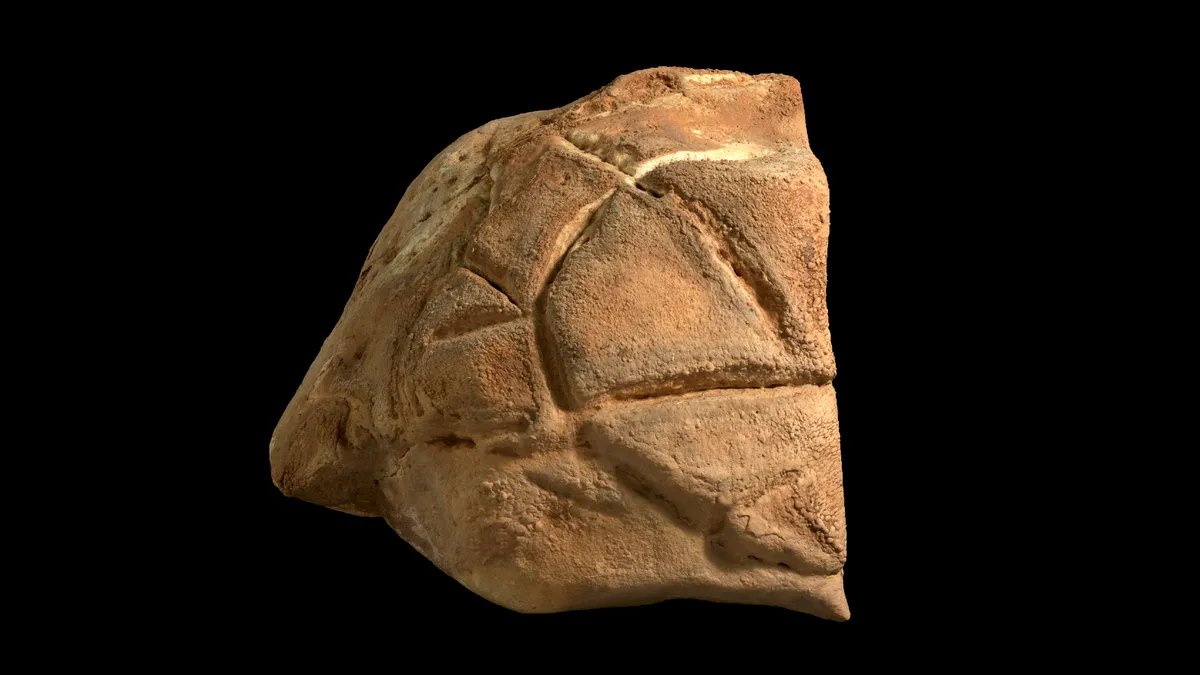
A granite boulder carved more than 35,000 years ago deep in a cave in Israel may be the oldest evidence of ritual practices in the Holy Land, a new study suggests.

Archaeologists Dr. Wim van Neer, Dr. Bea De Cupere, and Dr. Renée Friedman have published a study on the earliest evidence of horn modification in livestock in the Journal of Archaeological Science.






